Mera Peak Climbing attracts adventurers seeking a unique blend of challenge and beauty in Nepal’s majestic Sagarmatha National Park. At 6,476 meters, the trek not only tests physical and mental limits but also offers glimpses into the rich Sherpa culture along the way. While climbers face high-altitude conditions and unpredictable weather, the payoff is nothing short of spectacular views of Everest and the surrounding peaks. Yet, it’s the intricacies of planning and preparation that often make or break the experience, leading many to wonder what it truly takes to conquer this iconic summit.
Key Points
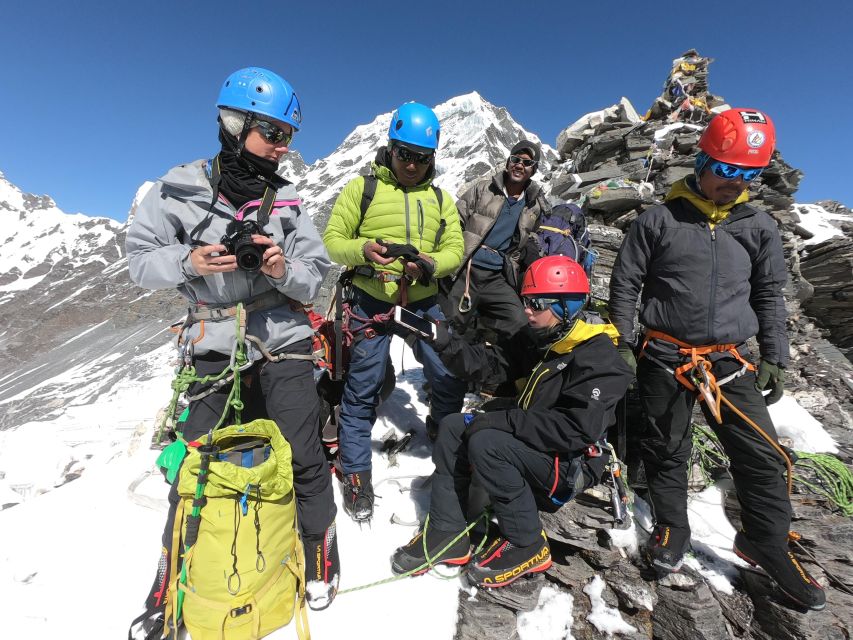
- Mera Peak, standing at 6,476 meters, offers stunning views of Everest and other Himalayan giants.
- The trek spans 14 days, starting with a flight from Kathmandu to Lukla, ensuring acclimatization.
- Climbing requires proper preparation, physical conditioning, and high-quality gear to tackle steep ascents.
- Optimal climbing seasons are pre-monsoon (March-May) and post-monsoon (September-November) for stable weather.
- A licensed guide is essential for navigation, safety, and cultural insights throughout the journey.
Overview of Mera Peak
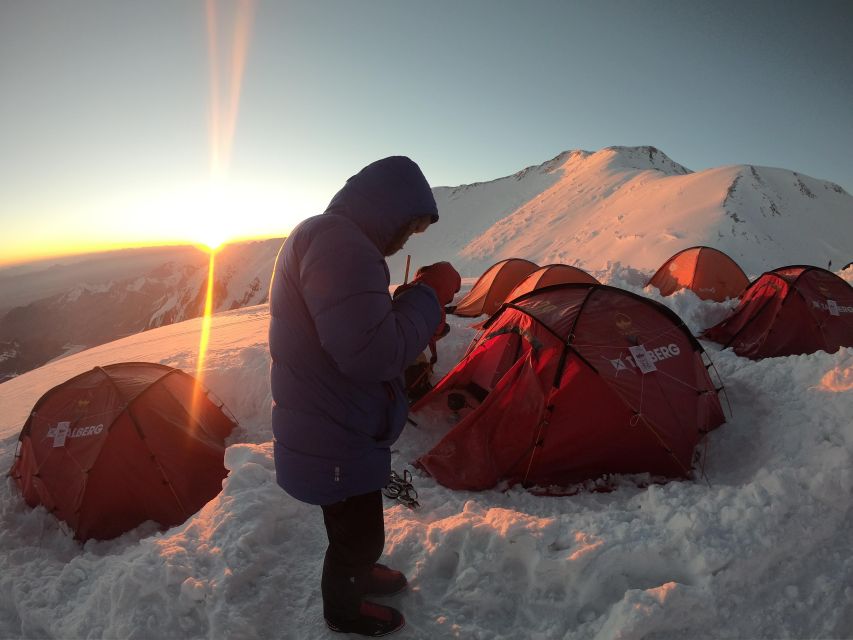
Mera Peak, standing majestically at 6,476 meters, is a stunning snow-capped mountain located in Nepal’s Sagarmatha National Park, attracting climbers with its breathtaking views and adventurous trekking routes.
This popular trekking peak offers climbers a chance to experience the majestic beauty of the Himalayas, including spectacular vistas of Everest, Lhotse, Makalu, and Cho Oyu.
The journey to Mera Peak typically begins with a 14-day trek from Kathmandu, requiring experienced guides to navigate its challenges. Climbers must be well-prepared for high-altitude conditions and physical demands, making it crucial to have the right logistics in place.
Those who undertake this adventure are rewarded not only with the thrill of climbing but also with unforgettable memories and stunning landscapes.
Detailed Itinerary
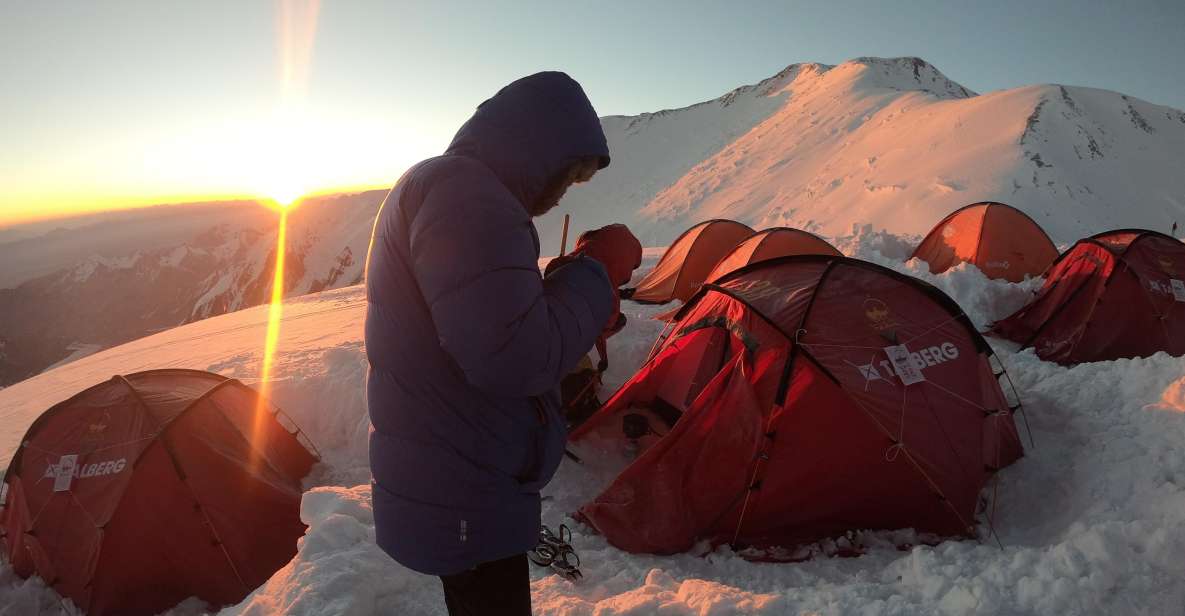
The detailed itinerary for climbing Mera Peak spans 14 days, starting with a scenic flight from Kathmandu to Lukla, where the adventure truly begins.
Over the next two weeks, climbers trek through stunning landscapes, gradually acclimatizing while exploring local Sherpa culture.
The ascent includes challenging sections, culminating in a summit day that offers breathtaking views of the world’s tallest peaks.
-
Experience the rich culture of Sherpa villages.
-
Trek through lush terraced fields and rushing rivers.
-
Gain altitude gradually to ensure proper acclimatization.
-
Enjoy local cuisine and hospitality throughout the journey.
-
Capture unforgettable memories against a backdrop of majestic mountains.
This itinerary combines adventure with culture, ensuring a fulfilling experience for every climber.
Climbing Challenges
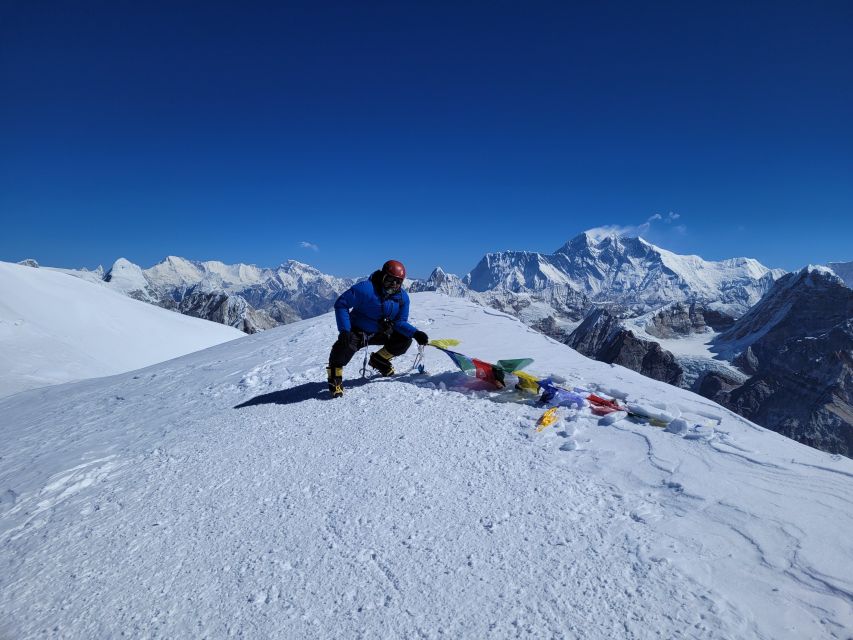
Climbing Mera Peak presents several challenges, including high-altitude acclimatization, unpredictable weather conditions, and the physical demands of steep ascents.
As climbers ascend, they must adjust to thinning air, which can lead to altitude sickness if not managed properly. The weather can shift rapidly, with sudden snowstorms or high winds making conditions treacherous.
Plus, the steep sections require not only physical endurance but also mental resilience, demanding a steady pace and careful navigation. Climbers need to be prepared for these obstacles, ensuring they’re adequately trained and equipped.
Despite these challenges, the breathtaking views and sense of achievement at the summit make the climb worthwhile for those ready to embrace the adventure.
Best Climbing Seasons
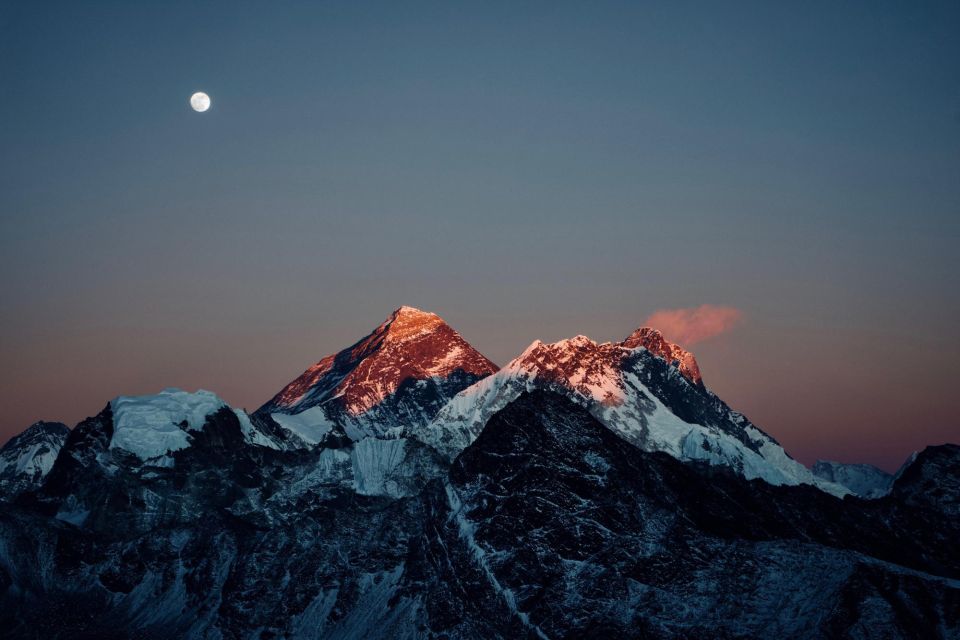
Choosing the right season to climb can significantly impact the experience on Mera Peak, as the weather conditions and trail accessibility vary greatly throughout the year. Climbers often find that the pre-monsoon (March to May) and post-monsoon (September to November) months are the best times for the ascent, offering clearer skies and milder temperatures.
Optimal visibility for breathtaking views
More stable weather conditions
Increased availability of trekking services
Favorable trail accessibility and maintenance
Enhanced opportunities for wildlife sightings
Safety and Preparation
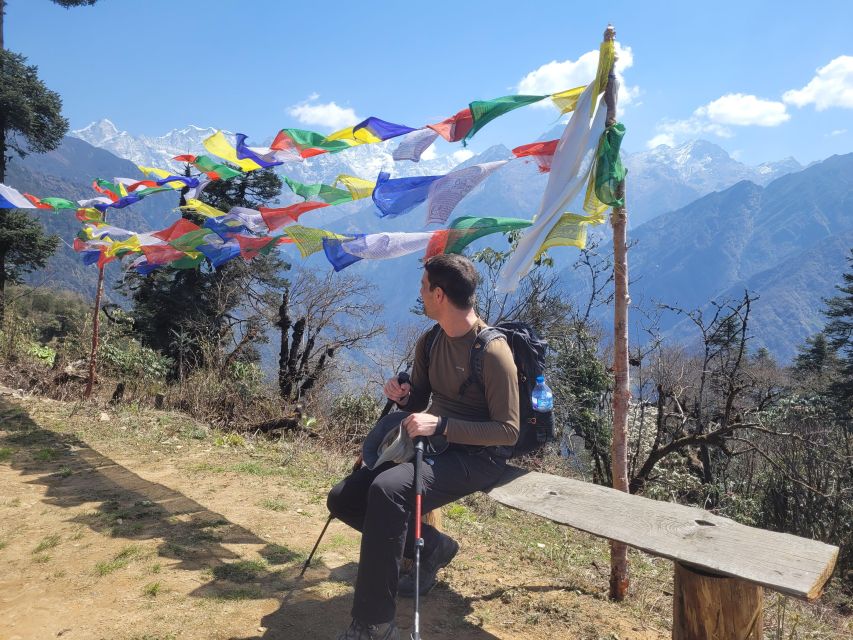
Safety and preparation are crucial elements for a successful ascent of Mera Peak, ensuring climbers are equipped to handle the challenges of high-altitude trekking.
Proper physical conditioning is essential, as climbers face steep trails and unpredictable weather. Acclimatization helps reduce the risk of altitude sickness, so gradual elevation gain is vital.
Climbers should pack high-quality gear, including thermal clothing and reliable footwear, to withstand cold temperatures. Plus, understanding the technical aspects of climbing, like using crampons and ice axes, enhances safety.
Working with a licensed agency provides access to experienced guides who can offer valuable insights and support throughout the journey.
With thorough preparation, climbers can focus on enjoying the breathtaking views and the adventure of conquering Mera Peak.
What’s Included
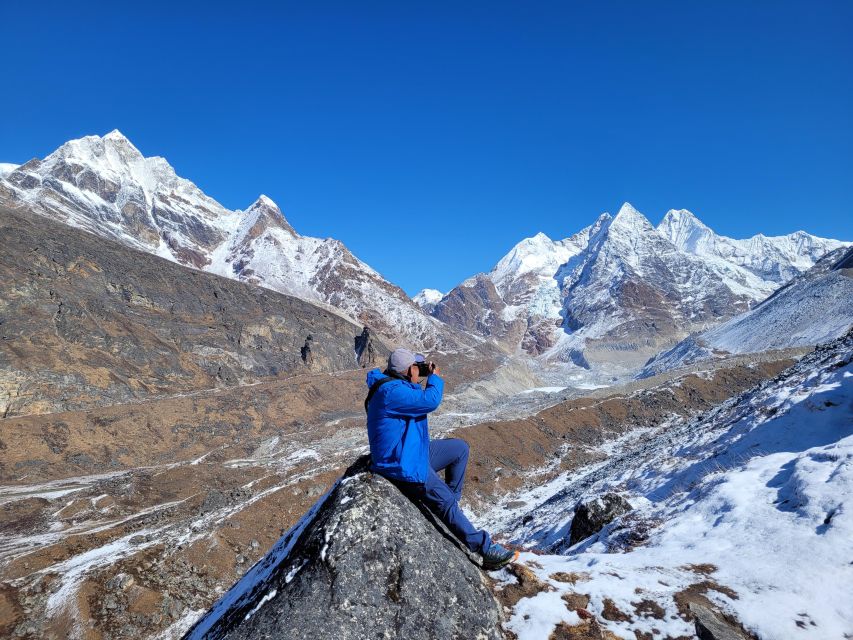
A comprehensive package for Mera Peak climbing includes essential services and amenities designed to enhance the overall trekking experience. These inclusions ensure climbers are well-supported and can focus on enjoying the adventure.
-
All meals during the trek and climb, providing necessary energy.
-
National park entry permit and domestic flights from Kathmandu to Lukla.
-
Licensed Sherpa guide, skilled in navigating the terrain and ensuring safety.
-
Comfortable accommodation, including a 3-star hotel in Kathmandu, tea houses during the trek, and tents for the climb.
-
Airport transfers and a medical kit, prioritizing convenience and health.
With these inclusions, climbers can embark on their journey with confidence, knowing their basic needs are taken care of throughout the experience.
What’s Excluded
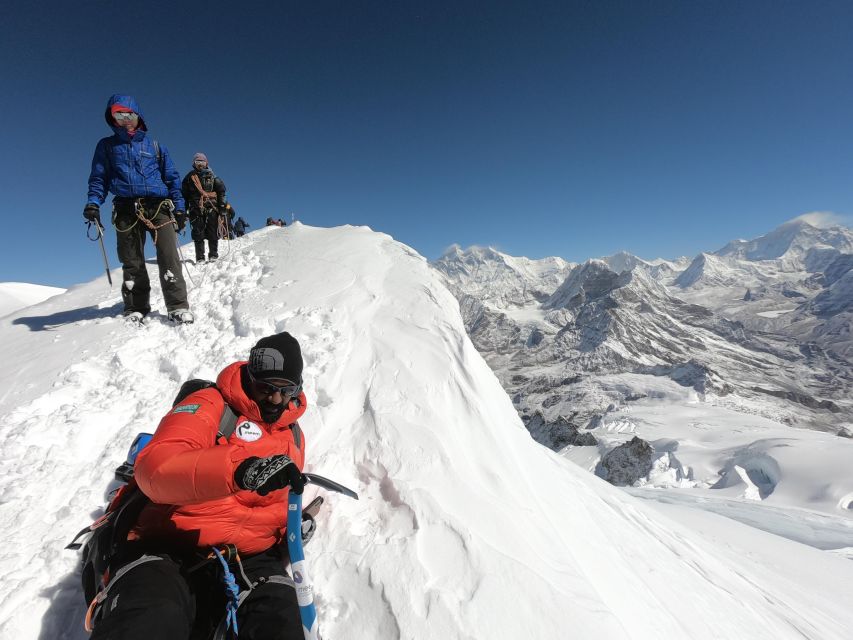
Climbers should be aware that certain costs aren’t covered in the Mera Peak climbing package, ensuring they budget accordingly for their adventure.
This includes international airfare, which can be a significant expense, along with any excess baggage charges.
Personal expenses, such as snacks, beverages, and souvenirs, aren’t included either.
Travelers should also consider travel and rescue insurance, as it’s mandatory for high-altitude climbing.
Optional trips and personal climbing gear, like specialized jackets and boots, fall outside the package as well.
Finally, tips for guides and porters aren’t factored into the overall cost, so climbers should set aside funds for this crucial aspect of their journey.
Proper budgeting will enhance their climbing experience.
Booking Process
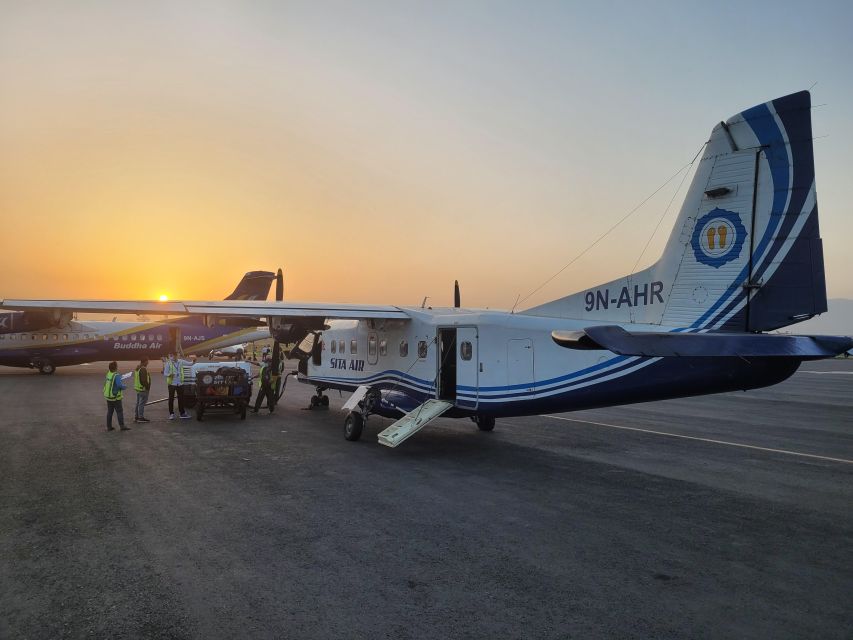
Understanding what’s not included in the Mera Peak climbing package helps climbers navigate the booking process more effectively.
When planning their adventure, they should consider several key factors to ensure a smooth experience.
-
Research reputable trekking agencies to find the best fit.
-
Confirm the total cost, including any additional fees for personal items.
-
Check cancellation policies for flexibility.
-
Make sure to secure travel and rescue insurance for safety.
-
Ensure all necessary climbing gear is readily available before departure.
Frequently Asked Questions
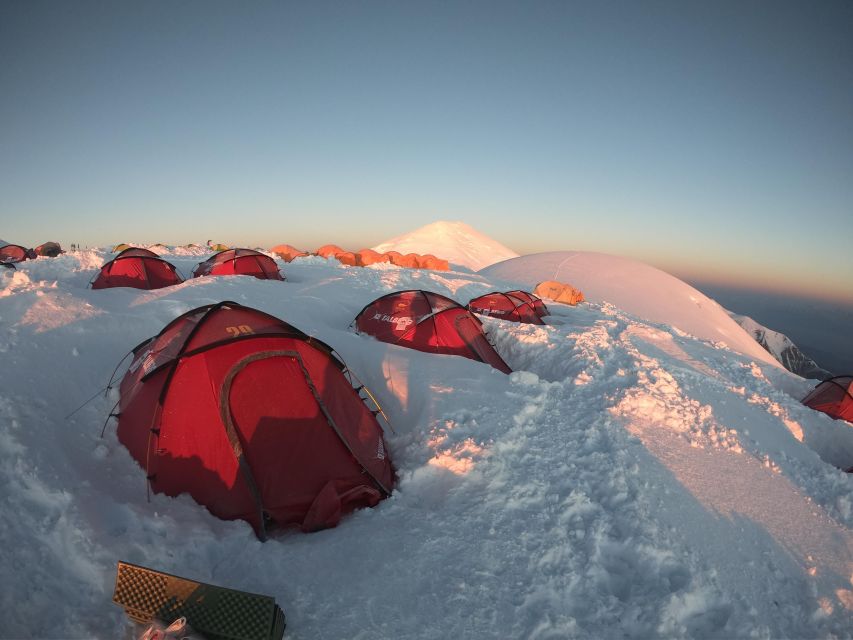
What Is the Altitude of Mera Peak in Feet?
The altitude of Mera Peak stands at 21,247 feet. This impressive height attracts climbers seeking breathtaking views and challenging terrain, making it a popular destination for adventurous trekkers looking to conquer high-altitude peaks.
Are There Any Age Restrictions for Climbers?
Climbers often face age restrictions, typically ranging from 16 to 70 years. However, agencies may vary in their policies. It’s essential for individuals to check specific requirements with their chosen climbing organization before booking.
What Type of Food Is Served During the Trek?
During the trek, participants enjoy a mix of local and international cuisine. They’ll savor dishes like dal bhat, noodles, and soups, ensuring everyone stays nourished and energized for the adventure ahead.
Can I Rent Climbing Gear in Kathmandu?
In Kathmandu, climbers can easily rent climbing gear from various shops. These stores offer quality equipment, ensuring climbers have everything they need for their adventures. It’s best to check availability and prices ahead of time.
Is It Possible to Extend My Stay in Nepal After the Climb?
She can definitely extend her stay in Nepal after the climb. Many travelers choose to explore more of the country’s rich culture and stunning landscapes, often coordinating with local agencies for seamless arrangements.
Not for you? Here's more of our most recent tour reviews happening neaby
Recap
Mera Peak climbing offers an unforgettable adventure for those seeking to conquer new heights.
With its stunning landscapes, rich cultural experiences, and the thrill of reaching the summit, climbers can expect both challenges and rewards.
Proper preparation and awareness of the climbing conditions are essential for a safe journey.
Whether you’re an experienced mountaineer or a passionate trekker, Mera Peak beckons with the promise of breathtaking views and a profound sense of accomplishment.
Embrace the adventure and make memories that last a lifetime!
